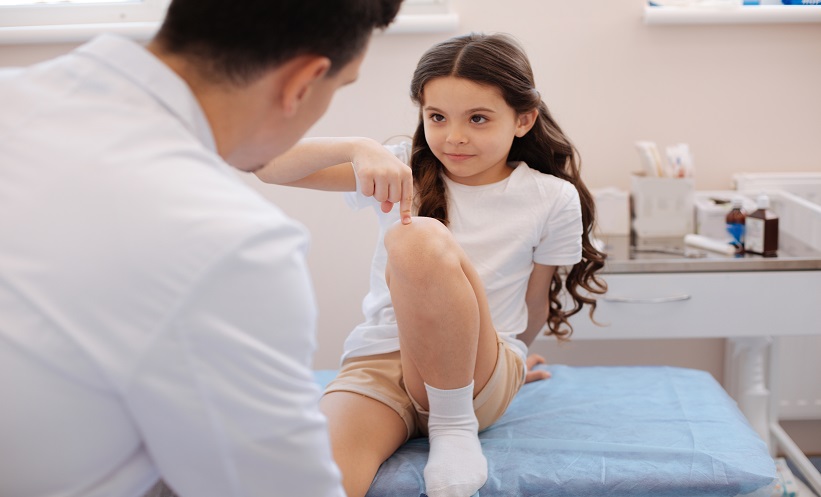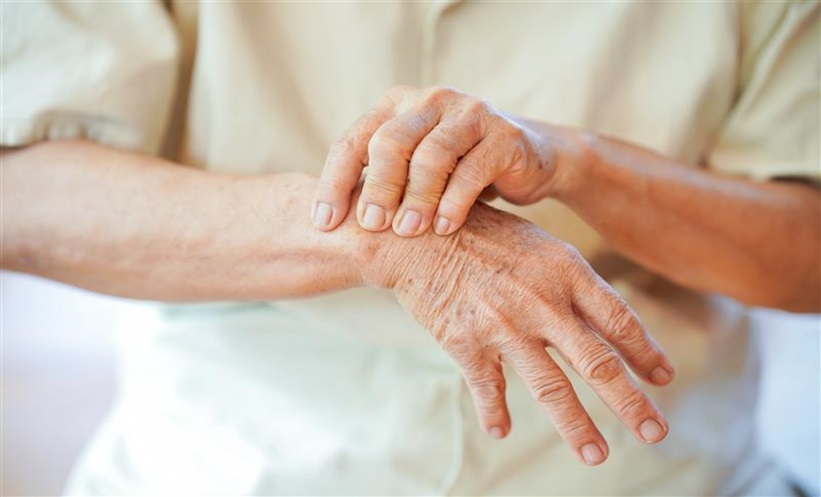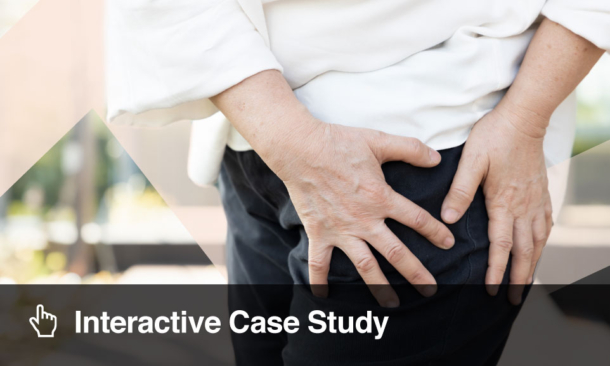EXTRAORDINARY progress has been made towards developing effective stem cell treatment for osteoarthritis. Inspired by the ability of animals such as newts to regenerate their own cells, researchers from the University of York have developed a technique to translate this into human medicine. The team, led by Dr Paul Genever, Senior Lecturer, Department of Biology and Head of the Arthritis Research UK Tissue Engineering Centre, University of York, York, UK, have developed a procedure to rejuvenate cells from older osteoarthritis patients to repair worn or damaged cartilage, thus reducing pain.
Cells of newts can change in response to injury, a process known as dedifferentiation. The cells aggregate and return to a stem cell-like state, allowing the cells to increase their numbers and generate the specialised cells required for new tissue formation. Humans do not share this ability, so in an attempt to recreate these conditions, the team grew human cells as 3D aggregates in the laboratory. The researchers cultivated the spheroid cluster of cells, which are barely visible to the naked eye, in tiny cavities. The procedure involved reverting cells to an embryonic state, and in doing so the cells eat their own constituents, thus reducing in size.
Dr Genever said: “Using this technique, we have shown that human cells can also be dedifferentiated to an early embryonic stage. They are then capable of generating new tissues. We were able to use pharmaceuticals to induce cell self-eating effects and stimulate dedifferentiation though not as effectively as 3D culture, so we need to do more work on this.
“The next stage is to find out more about the dedifferentiation process so that we can find the right treatment to encourage tissue repair in the damaged joint. That is our aim.”
Dr Stephen Simpson, Director of Research and Programmes at Arthritis Research UK, added: “This is exciting, novel work in the field of regenerative medicine, which although in its early experimental stages, could take us a step closer to our ultimate goal of a more effective and much-needed new treatment for the very many people who live with this painful joint condition.”
(Image: freeimages.com)






